
7 Common Marketing Automation Myths Busted
September 23, 2025
Social Media Tools That Truly Deliver Results for Your Business
September 23, 2025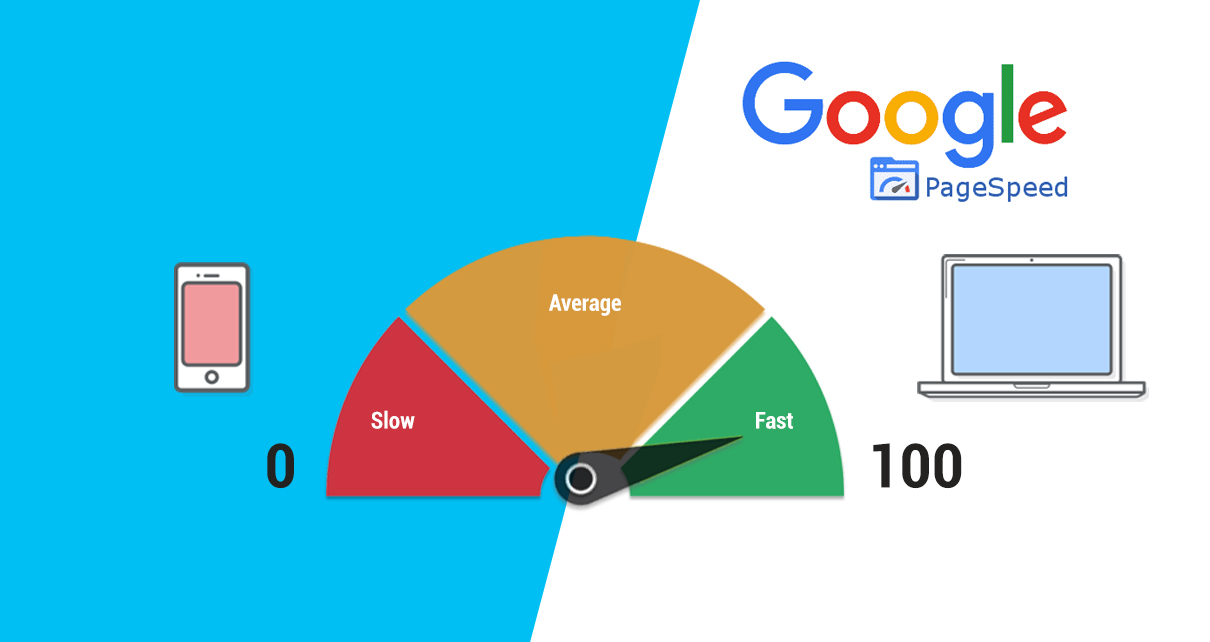
Don’t let your customers get away! According to Google, visitors who experience a load time of seven seconds or more are 113% more likely to bounce off a page! (https://think.storage.googleapis.com/docs/mobile-page-speed-new-industry-benchmarks.pdf).
If you’re working hard on SEO strategies, don’t ignore this since a low page speed could allow another site to get ahead of you on the search engine results page (SERPS). To ensure that your website has a proper load speed, follow this 8-step Guide:
1. Pause. Take a deep breath. Understand where you’re lagging.

- Content Management Systems or CMSs are usually loaded with in-built software tools or plugins that can help to detect the reason behind lags or delays in loading time
- The most important step is to resolve the issue ASAP
- If you’re not sure about which tool to go for, you can always opt for free tools like,
- Google’s Page Speed Insights, is one among the best guides out there!
- Some of the most popular and commonly-used tools are: Website Grader, GTM Metrix, KeyCDN Website Speed Test and Pingdom!
2. Compress your images.
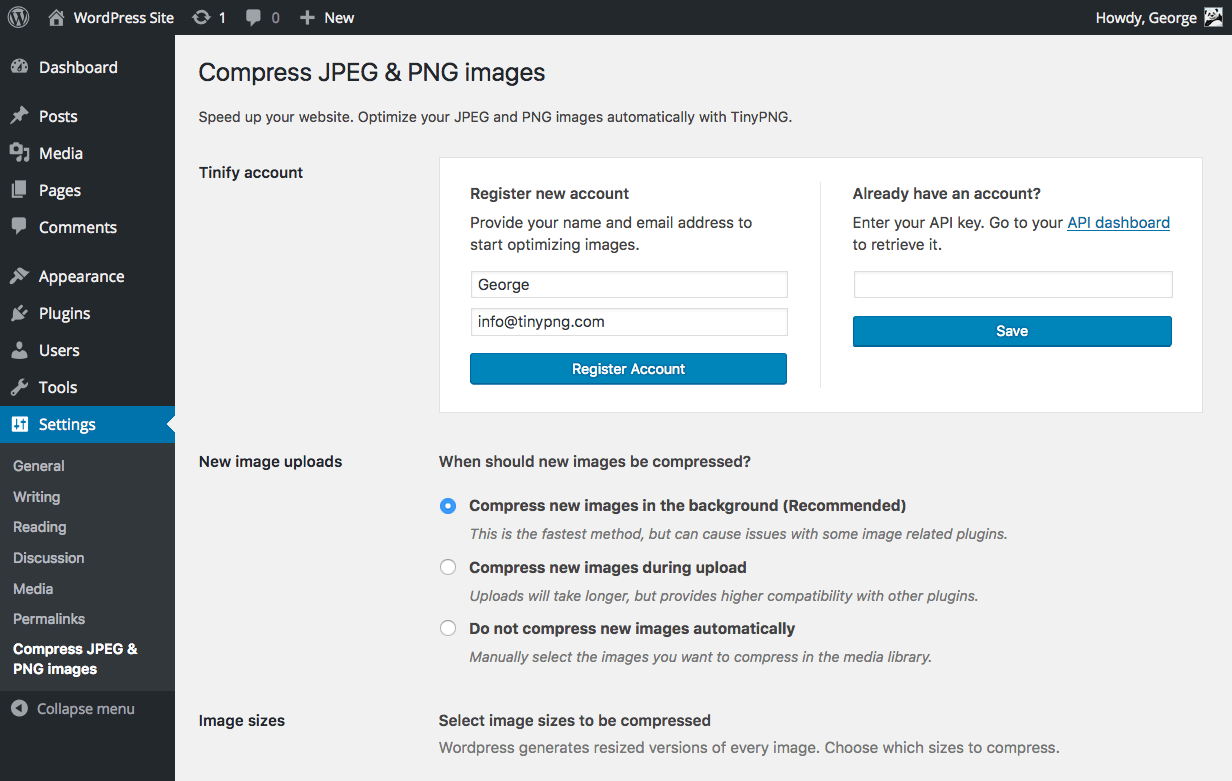
- Large, uncompressed images are usually the underlying reason for slow page speeds
- Google developers suggest the image should as small as you can before losing crispness, and some of the hosts indicated that you should aim for files under 200KB
- Use Squoosh.app and Compress.io to compress images or you can also use Photoshop.
- Make sure to crop or re-size an image prior to uploading on the website, because your file size is the size of the actual image you uploaded
3. Shrink your HTML, CSS, and JavaScript code.
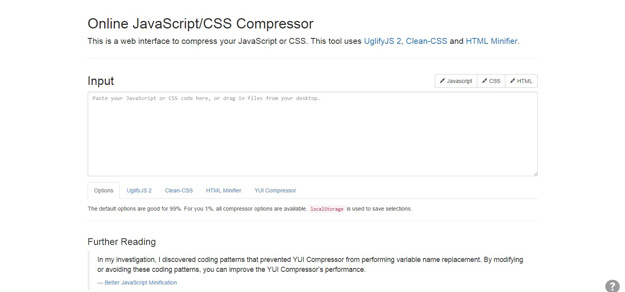
- Google developers suggest removing useless language, notes and spaces that are generally left out or forgotten when a page is being created or updated
4. Eliminate render-blocking elements.
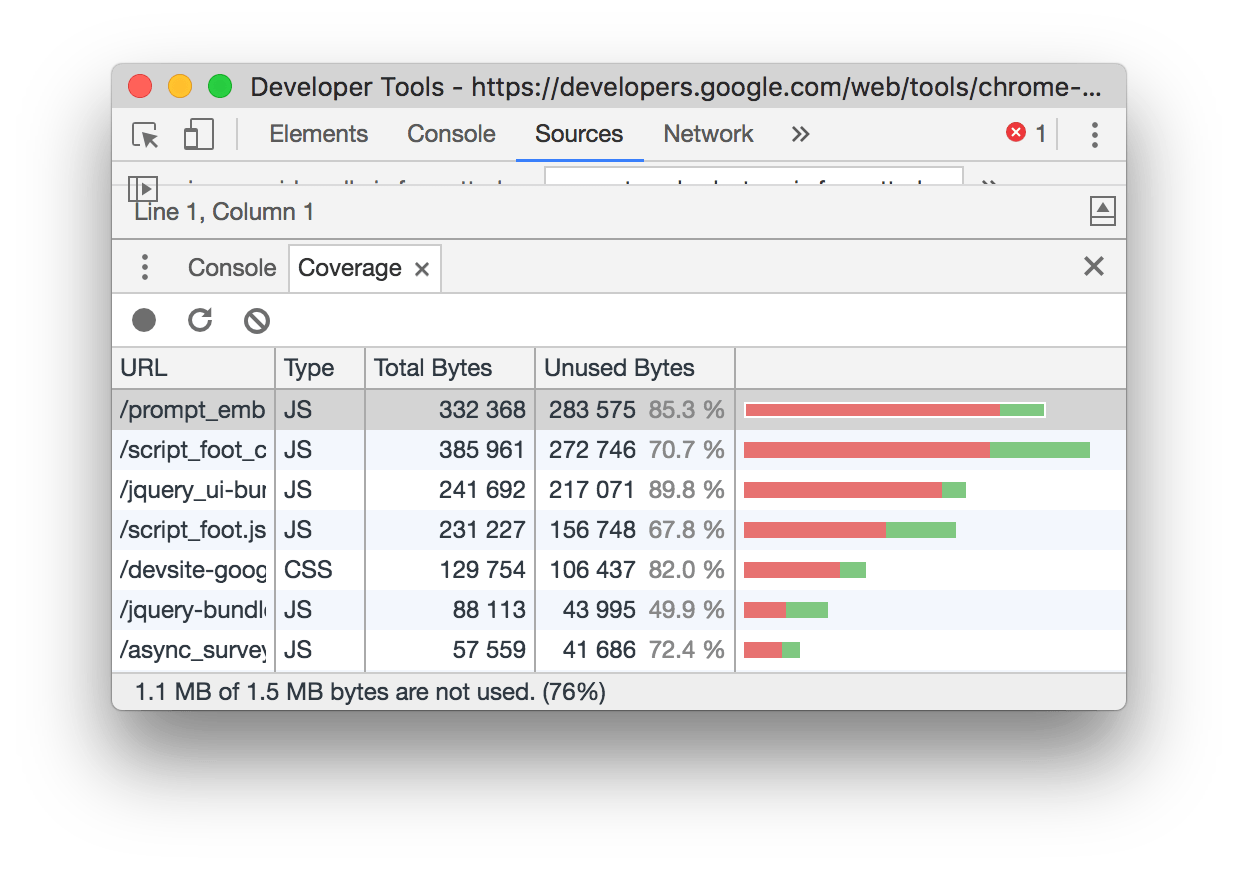
- Ensure that you prioritise your code so your main content comes first above the fold
- This is to prevent less important elements like sidebars or banners from loading before the main content
5. Accelerate your mobile speed.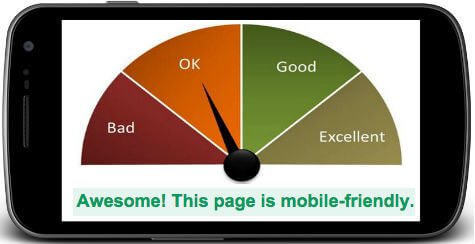
- In recent years, more than half of the google searches are done on mobile devices. —Which means a mobile-optimized site is important for any user to access
- In fact, Google rewards mobile-optimized sites.
- Apart from High SERPS or Search Engine Results Pages, Google will also give you a higher page speed score — and possibly a higher ranking — if your mobile site loads quickly.
6. Try to avoid or minimise page redirects.
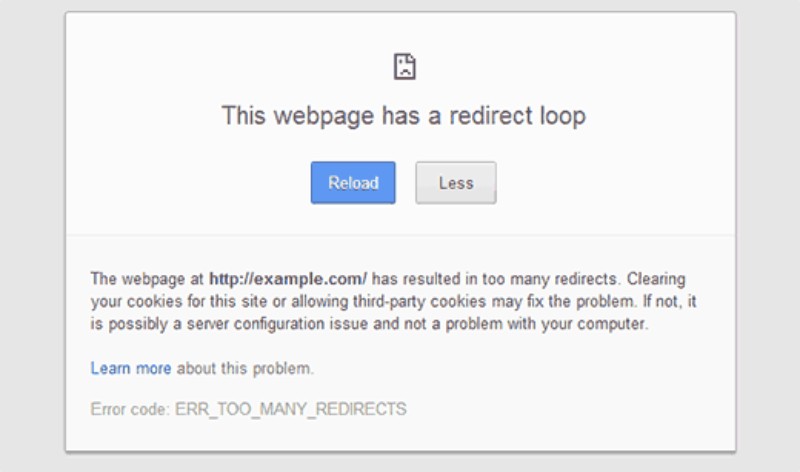
- A redirect is a function that will automatically be directed to one or more different locations, before they hit their desired webpage
- You should only use redirects when very necessary because they affect your page speed by eating into valuable time
7. Improve your server response times.
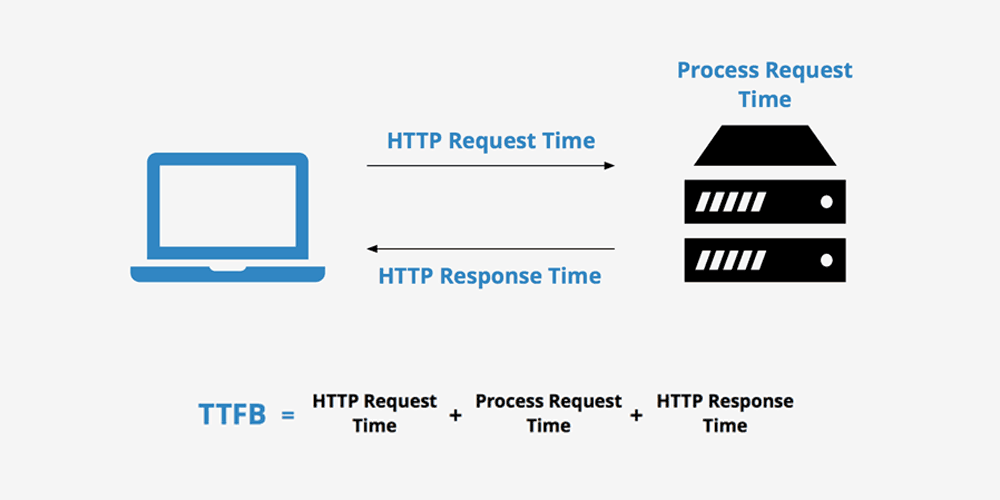
- According to Google (https://developers.google.com/speed/docs/insights/Server), a website’s response time should not exceed 200 milliseconds
- This is mainly because, it will lead to different issues like a “502 Gateway error”
- Using servers from a host company such as GoDaddy or contacting a knowledgeable representative might also help you determine and solve the problem
8. Use a content delivery network.

- A content delivery network or CDN can store browser cache of your website and load it quickly for visitors around the globe
- If there are website visitors from different geographies, pages will be loaded from nearby CDN servers
- It helps prevent low loading speeds for visitors who are far away
If you want to learn more about how Google indexes pages, head on over to this blog!


